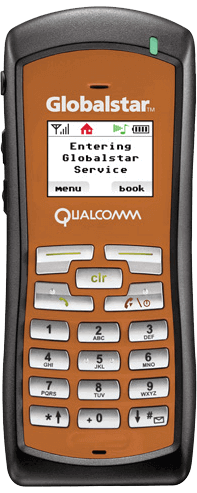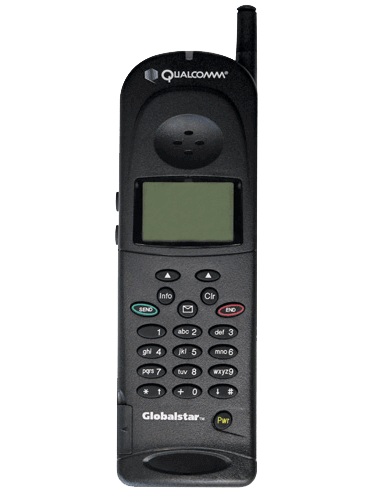Oceanography Research in the Mediterranean Sea with SPOT Trace
About
University of Miami
Tamay Ozgokmen is a Professor in the Department of Ocean Sciences at the University of Miami’s Rosenstiel School of Marine and Atmospheric Science. Ozgokmen teaches courses in Fluid Dynamics and Turbulence and additionally advises doctoral students in the Ocean Sciences graduate program, as well as postdocs and researchers.
Tamay, together with his students developed a proprietary non-toxic and biodegradable buoy to track and measure currents in the ocean. The US patented buoys are used by the University for research purposes and are sold to other entities for use.
THE CHALLENGE
With the buoys the University aims to collect data from ocean flow and how it might impact transportation across major oceans. Previously, Tamar led research in the Gulf of Mexico to monitor and understand the impact of the BP oil spill. In his latest research project, funded by the US Navy, the University deployed 300 buoys in the Mediterranean. With the buoys non-retrievable, the University needed a cost-effective solution, that could provide tracking information, regardless of location.
THE SOLUTION
Working with the brand since 2012, Tamar reengaged Globalstar on the research occurring in the Mediterranean. For this deployment, the University needed a high value, low-cost satellite tracking and asset monitoring solution that was turn-key and simple to use. Needing a large volume of tracking devices, that could also transmit data at frequent intervals, the SPOT Trace proved to be the solution.
THE RESULTS
Following the deployment of the buoys, the University utilized the Globalstar enhanced mapping platform to track and collect data. The SPOT Trace units transmitted data while reporting GPS coordinates for reporting purposes. The data gathered by the buoys provided researchers with a more dimensional perspective of the ocean and its flow, how aspects like salinity structure, mistral winds, surface and sub surface conditions contribute to overall conditions of the Mediterranean. With salinity impacting operability of sonar equipment, the data is crucial to organizations like the U.S. Navy and on a larger landscape, NATO.
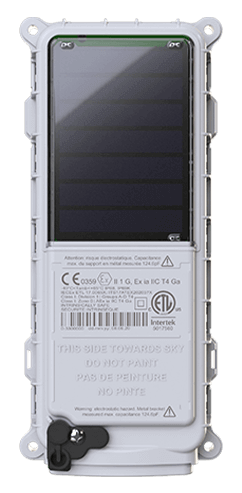 SmartOne Solar
SmartOne Solar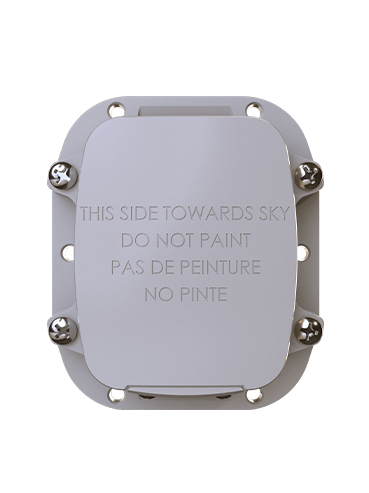 SmartOne C
SmartOne C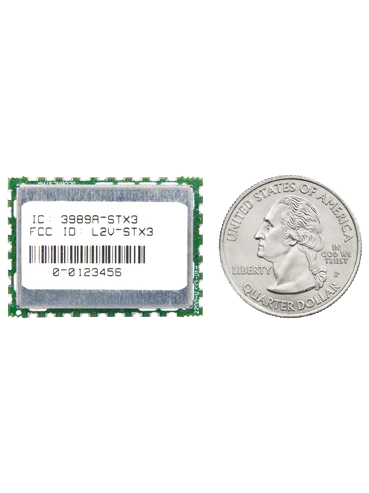 STX3
STX3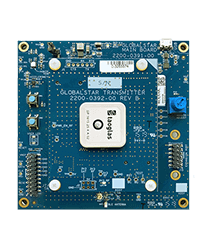 STX3 Dev Kit
STX3 Dev Kit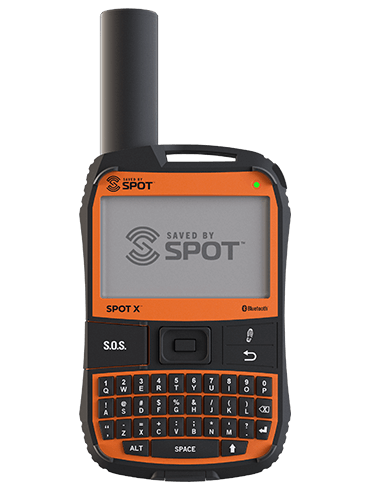 SPOT X
SPOT X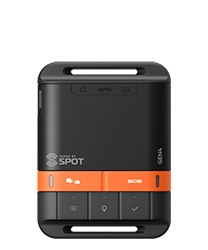 SPOT Gen4
SPOT Gen4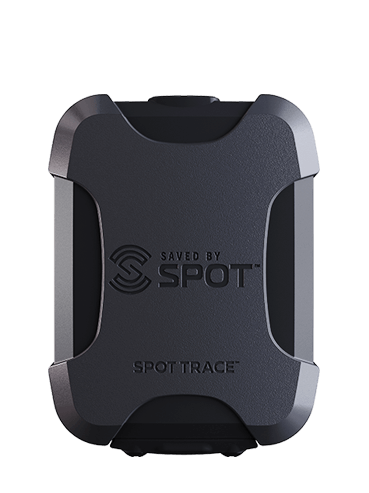 SPOT Trace
SPOT Trace